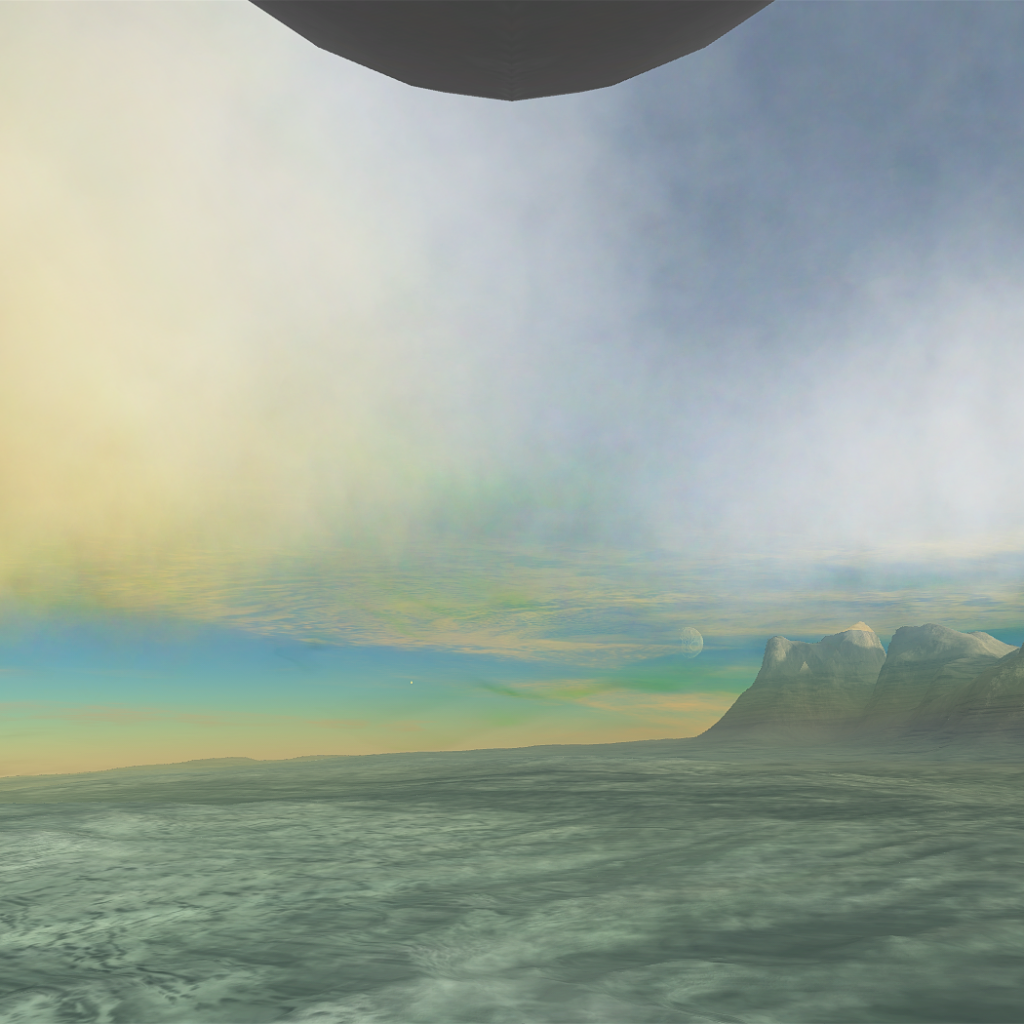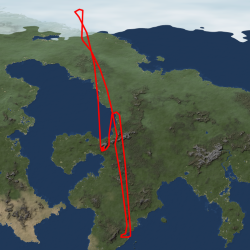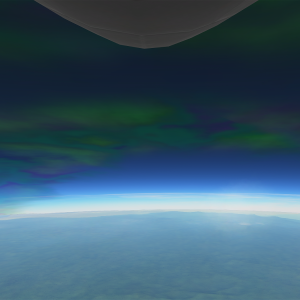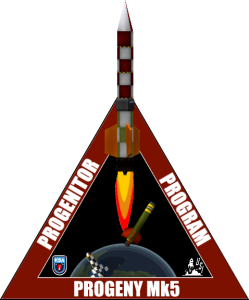 Flight Officers Tedman & Aldeny return to work and retry the mission to Area ZN-223 Jeb & Val could not complete due to weather back in March, gathering the 1st science data over the southern ice caps
Flight Officers Tedman & Aldeny return to work and retry the mission to Area ZN-223 Jeb & Val could not complete due to weather back in March, gathering the 1st science data over the southern ice caps
 |
 |
May 03 2019
 Flight Officers Tedman & Aldeny return to work and retry the mission to Area ZN-223 Jeb & Val could not complete due to weather back in March, gathering the 1st science data over the southern ice caps
Flight Officers Tedman & Aldeny return to work and retry the mission to Area ZN-223 Jeb & Val could not complete due to weather back in March, gathering the 1st science data over the southern ice caps
 |
 |
May 10 2018
 Captain Jebediah and Commander Valentina make another attempt to reach Area KV-001 and also fully explore the region of potentially hazardous radiation over the northern ice caps
Captain Jebediah and Commander Valentina make another attempt to reach Area KV-001 and also fully explore the region of potentially hazardous radiation over the northern ice caps
 |
 |
Feb 14 2018
 Captain Jebediah and Commander Valentina fly the longest and furthest mission yet, but unfortunately are not able to complete their observation of Area KV-001 due to hazardous radiation
Captain Jebediah and Commander Valentina fly the longest and furthest mission yet, but unfortunately are not able to complete their observation of Area KV-001 due to hazardous radiation
 |
 |
Nov 09 2017
 Last week’s launch was the first complete flight to space and back of our new Block I design, which primarily features more powerful first and second stage solid-fuel booster engines. Despite the incredible record-setting apokee of 493km and being able to recover the payload afterwards (barely), many problems became apparent that have needed to be addressed. In this report we will first cover the details of the flight, then look into solutions for the problems that occurred and finally talk about how we plan to move forward.
Last week’s launch was the first complete flight to space and back of our new Block I design, which primarily features more powerful first and second stage solid-fuel booster engines. Despite the incredible record-setting apokee of 493km and being able to recover the payload afterwards (barely), many problems became apparent that have needed to be addressed. In this report we will first cover the details of the flight, then look into solutions for the problems that occurred and finally talk about how we plan to move forward.
After delays and a scrub of the initial launch time due to weather issues, the rocket was finally launched off the pad at 01:58:00.03 UTC under command of the Automated Flight Control System. The first stage solid fuel booster kicked in at 67.226kN of thrust to propel the rocket at an initial rate of 4Gs off the pad in order to put enough aerodynamic force into effect to keep the rocket’s nose from lifting too high. Beginning at 85° the nose of the rocket reached a maximum pitch of 86.935° at 2 seconds after launch, well-within limits. Burning fuel at a rate of 39.089kg per second, the 0.625m booster propelled the rocket up to 788.124m/s over the course of its 20.42 second burn, topping out at 76.422kN of thrust. The dynamic pressure at flame-out was 139.299kPa, by far the highest sustained so far by a complete stack of the Mk5. The booster was decoupled as planned 1 second after flame-out was detected, which is when the first flight anomaly occurred.